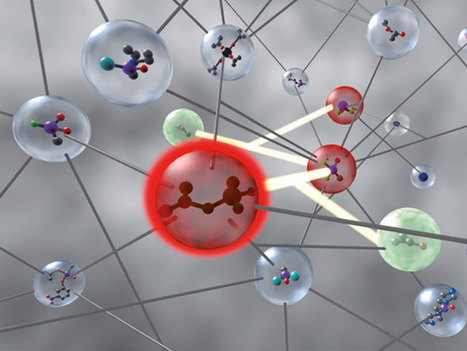We are at the dawn of a new age of personalized medicine.
Just as Moore’s law transformed computing – and, as a result, all aspects of our professional and personal lives — so, too, will the interpretation of the human genome transform medicine. We are moving from the inefficient and experimental medicine of today towards the data-driven medicine of tomorrow. Soon, diagnosis, prognosis, treatment, and most importantly, prevention will be tailored to individuals’ genetic and phenotypic information.
As we enter the second decade of the 21st century, investments in molecular biology, bioinformatics, disease management and the unraveling of the human genome are all finally bearing fruit. Personalized medicine promises to revolutionize the practice of medicine, transform the global healthcare industry, and ultimately lead to longer and healthier lives.
Via Szabolcs Kósa



 Your new post is loading...
Your new post is loading...








